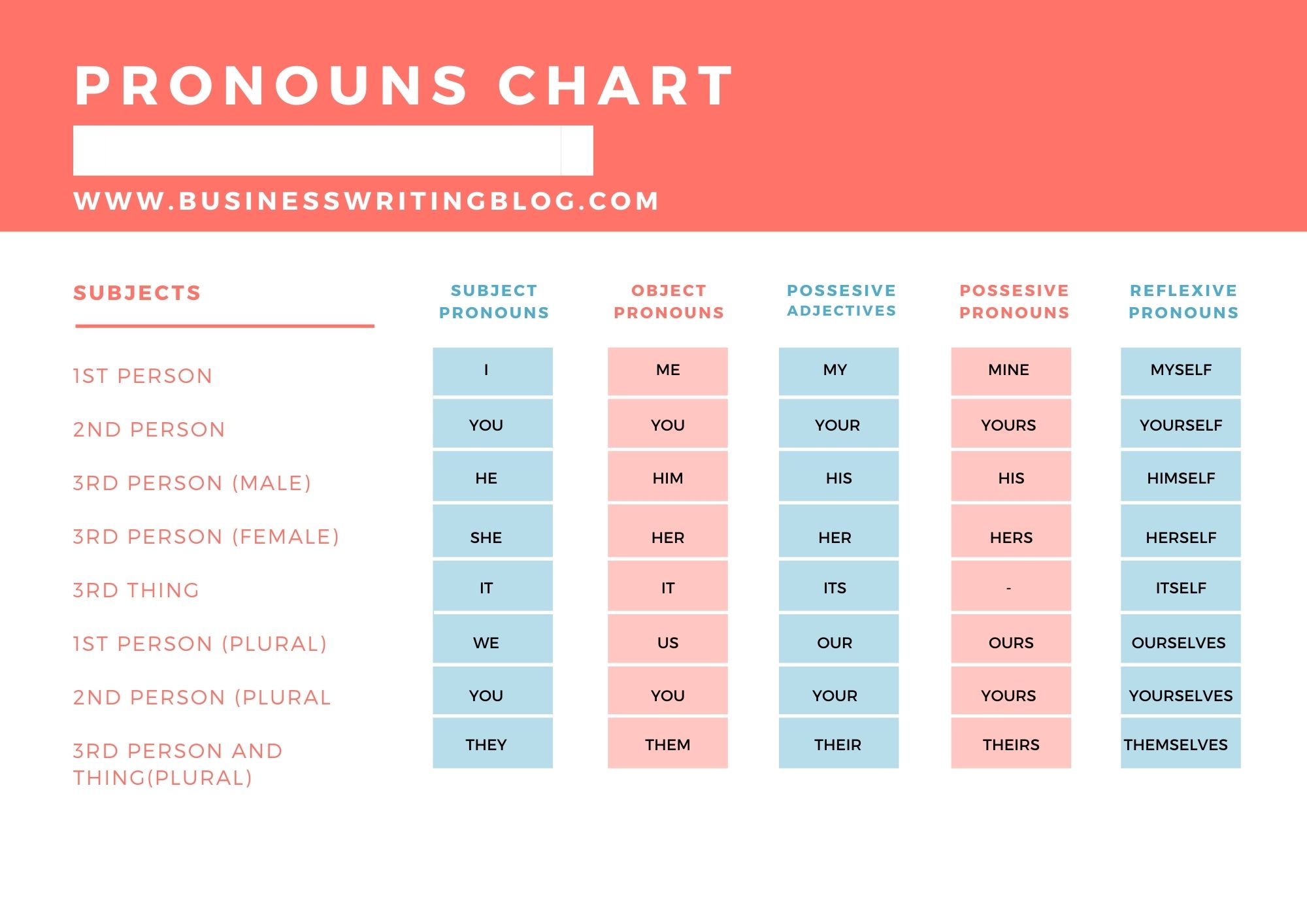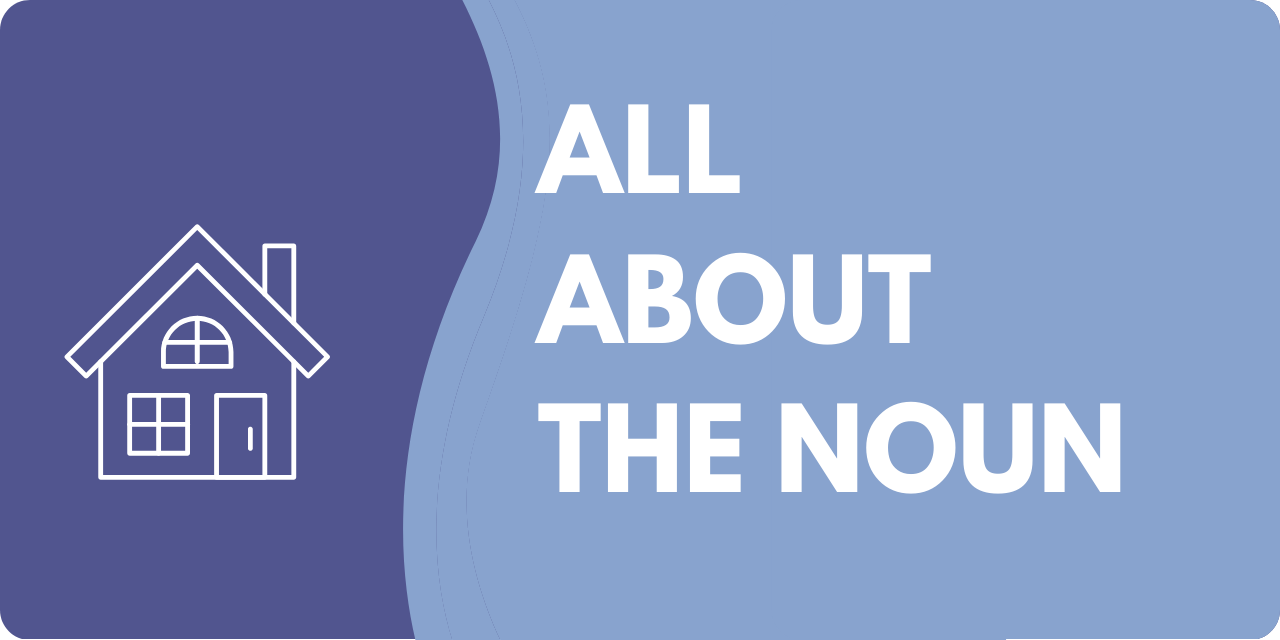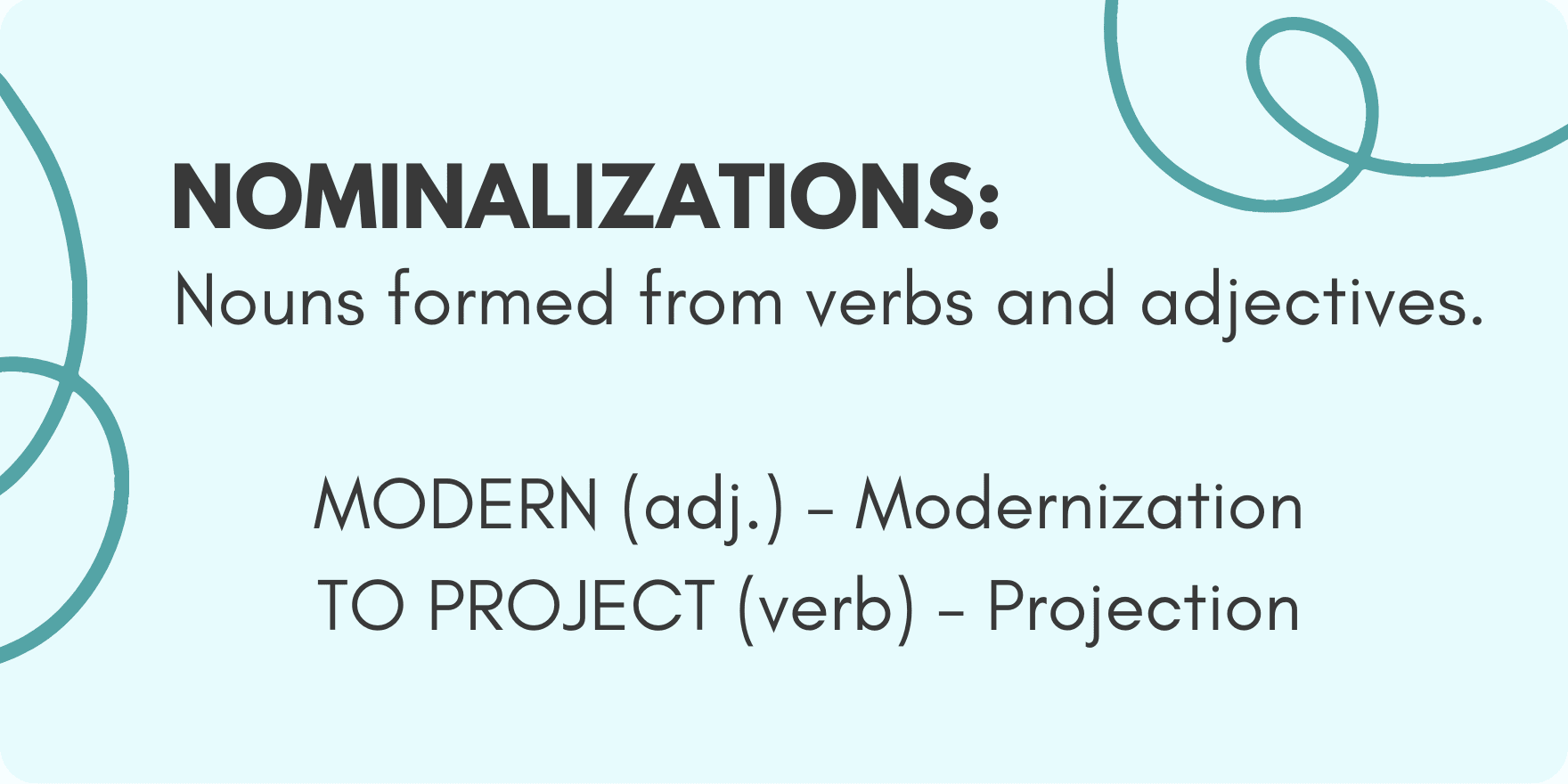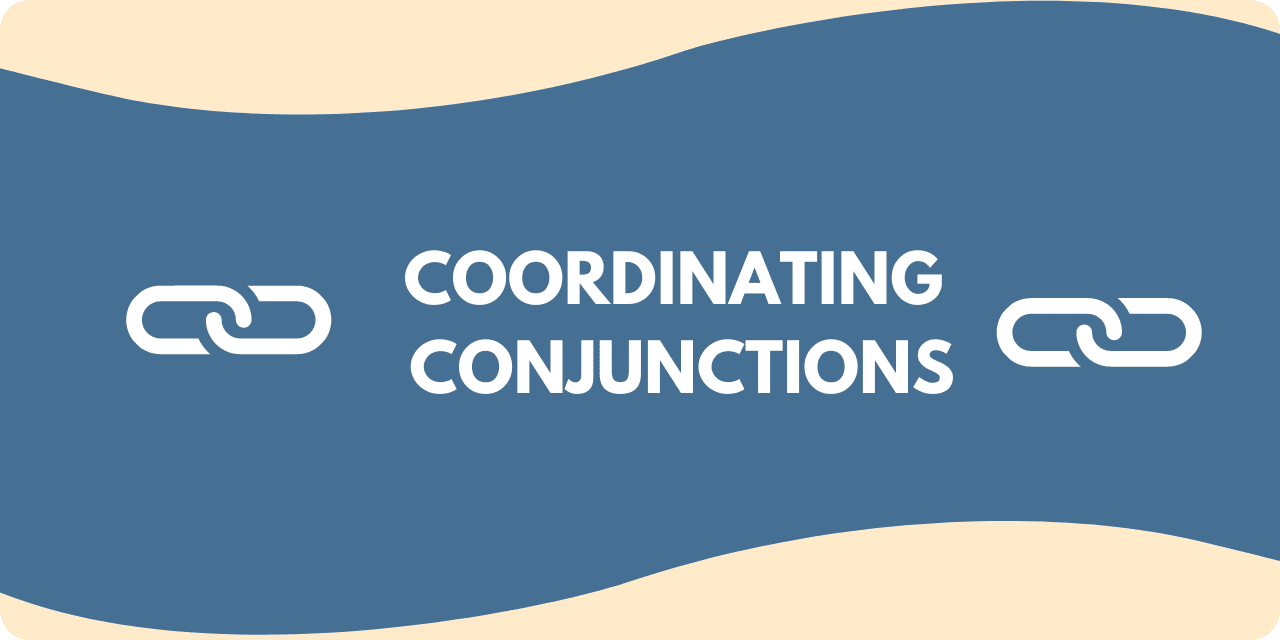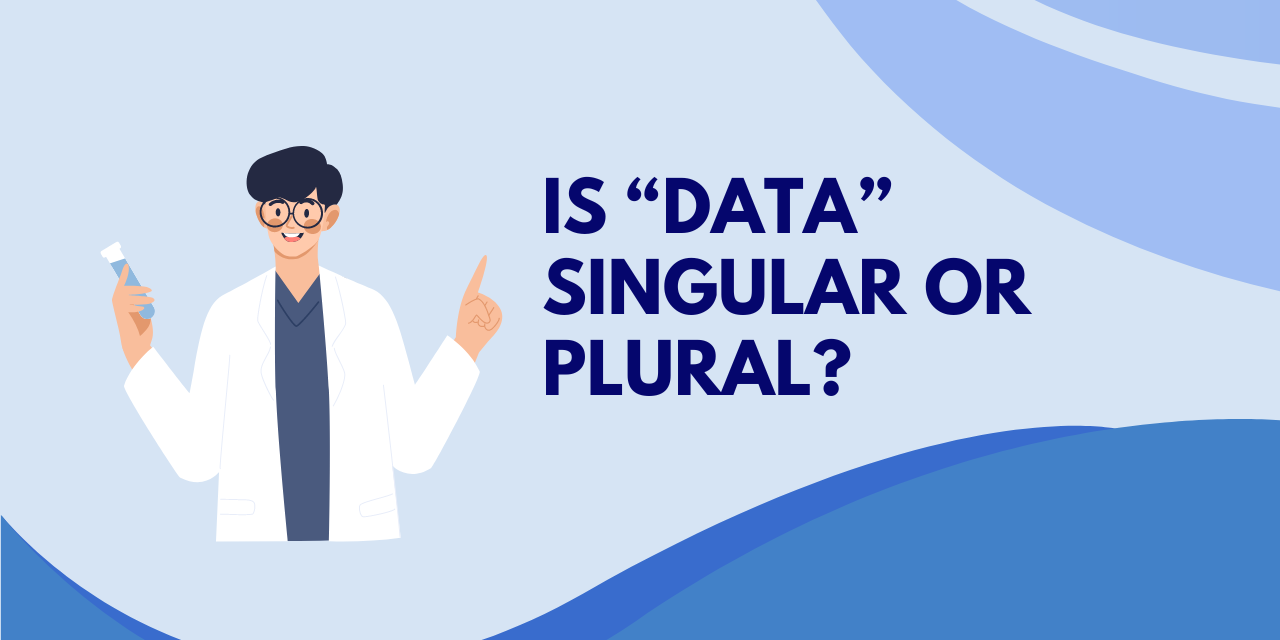What are Pronouns?
Firstly, pronouns are nouns, but they comprise a particular subcategory. Pronouns’ function is to take the place of other nouns. Here is an illustration. If you were writing an essay about Henry V, you would not want to say his full name repeatedly. The essay would sound strange and repetitive:
Henry V ascended to the throne in 1413 AD. Henry V invaded France two years later.
One option to vary your sentences would be referring to Henry V as “the English king.” That option poses another problem: readers may think Henry and “the English king” are different individuals.
Henry V ascended to the throne in 1413 AD. The English king invaded France two years later.
This is a perfect example of the utility of pronouns. Your best option is to replace Henry with “he.”
Henry V ascended to the throne in 1413 AD. He invaded France two years later.
Personal Pronouns
There is more than one kind of pronoun, and various pronouns can belong to one or more subcategories. Firstly, there are personal pronounce. These are:
- I and me
- She and her
- He and him
- It
- Them
Personal pronouns are generally the first ones students learn in school, but they are not the only category. We will discuss other types later in this article.
Antecedents
One reason that Pronouns are so useful is their adaptability. For example, when you write the pronoun it, you can be referring to just about anything: a car, a continent, a book, or an emotion. It and other pronouns are versatile, but they can be confusing if the reader does not know their antecedent.
Antecedents are the nouns that pronouns replace. As a matter of clarity, you need to mention the antecedent at the start of a sentence or narrative before you can substitute a pronoun for it. Below, we will present three sample sentences with both the antecedent and its pronoun bolded.
My coworkers are disorganized, but I still like them.
That bird is flying too high for the hunter to shoot it.
Hannah said she wouldn’t be home for dinner.
Sometimes, you do not need to state the antecedent plainly before a pronoun, but you can only omit it when its context is apparent to the reader. For example, when you use the pronouns I, me, and you, the reader knows the antecedents implicitly.
An antecedent can also fall after the pronoun in some sentences. This construction should only happen in shorter, less complex sentences. Otherwise, the reader might become confused.
I still like them, but my coworkers are disorganized.
Relative Pronouns
Beyond personal pronouns, another category is relative. These words can connect independent and relative clauses in a sentence. This function typically involves attaching additional information about a noun that you have mentioned already. Read on for a list of common relative pronouns:
- That
- What
- Which
- Who and whom
You would use the relative pronouns who and whom to reference people—Conversely, which and that generally refer to animals or things.
The man who stopped by the office earlier didn’t tell me his name.
All the horses that competed in the race have returned to the stables.
My house, which is nearly a century old, does not have central air.
To determine if you need a comma when using who, that, or which, you should look at whether its clause is restrictive (necessary to understanding the sentence) or nonrestrictive (adds additional but unnecessary information).
Related: See our complete article on relative pronouns.
Differentiating Subject and Object Pronouns
Without a doubt, the relative pronouns that most confuse writers are who and whom.
The pronoun who is a subjective noun, and whom is a subjective noun.
For context, some other subject pronouns include I, she, he, we, and they. Other object pronouns are me, her, him, and them.
You use the objective form when it is the object of either a verb or a preposition. Choosing the object form of a pronoun is usually intuitive since it is immediately preceded by a preposition or verb. Please find below some simple examples to illustrate this rule:
Incorrect – Please show the document to I.
Correct – Please show the document to me.
Incorrect – The shopkeeper caught they shoplifting.
Correct – The shopkeeper caught them shoplifting.
Incorrect – Was that email intended for we?
Correct – Was that email intended for us?
Unfortunately, knowing when to use whom is less intuitive. The reason is that whom usually appears in a sentence before the verb or preposition. For example:
Correct – Whom did you talk to at the office?
Correct – A woman, whom I know from college, was at the party.
Incorrect – Whom should I say made the donation?
There is an easy way to determine whether you should use who or whom: substitute the word with a personal pronoun. Look at the sentence, and determine where a personal pronoun would generally be. With this substitution, choosing between the objective and subjective form is simple.
Who/whom did you talk to at the office?
Did you talk to he/him at the office?
A woman, who/whom I know from college, was at the party.
I know she/her from college.
Who/whom should I say is made the donation?
Should I say she/her made the donation?
In this test, use who if the subjective personal pronoun sound correct. Alternatively, use whom if the objective personal pronoun sounds right.
There is another common circumstance when writers have difficulty choosing between subject and object pronouns. The three sentences that follow all have pronoun errors. Can you identify the common issue?
The reporter will interview Beatrice and I today.
I don’t want any lingering tension between you and I.
Cost isn’t an issue for him or I.
All three of the sentences above have the wrong first-person pronoun. It should be me instead of I. This issue, again, is one of object vs. subject. To test the sentence, try taking out the other name.
The reporter will interview I today.
There is no lingering tension with I.
Cost isn’t an issue for I.
See how the correct pronoun becomes immediately apparent?
Demonstrative Pronouns
There are four demonstrative pronouns: this, that, those, and these. Demonstrative pronouns stand in for a previously mentioned noun.
- You would use this to refer to something that is in close proximity.
- You would use these when referring to multiple things that are in close proximity.
For this and these, nearness can be either physical or temporal. For example:
Look at this present with no card. Who is this for?
What a catchy tune! This is the best rock song I’ve heard in a while.
If you liked the shirts we had last week, take a look at these.
You use the demonstrative pronoun that for something that is far away. The pronoun those should be used in reference to more than one thing that is far off. As with this and these, distance can be both temporal or physical.
A sports car like that must cost a pretty penny.
The new shipment of hats arrived. Please put those in the display window.
Those aren’t motorcycles; they’re Vespas.
Indefinite Pronouns
A writer employs indefinite pronouns when referring to a person, group, or thing that doesn’t need to be named. Read on for a list of frequently used indefinite pronouns:
- Anybody
- Everybody
- No one
- None
- One
- Other
- Some
Here are some examples of how indefinite pronouns work:
Everybody stayed home because of the snowstorm.
The recession affects some more than others.
Nobody understands my poetry.
If you write a sentence with an indefinite pronoun as its subject, you will usually use a singular verb.
Reflexive and Intensive Pronouns
You can quickly identify a reflexive pronoun because it ends with –self or –selves:
- Herself
- Himself
- Itself
- Myself
- Ourselves
- Themselves
- Yourself
- Yourselves
In a sentence or clause, you would use a reflective pronoun when the subject and object of the action at the same. For example:
Miguel scared himself when his foot missed the stair.
They found themselves lost after an hour of hiking.
I reminded myself not to forget my keys.
Intensive pronouns also end with – self or –selves. However, their primary role in a sentence is to add emphasis. To illustrate:
I changed the tire myself.
Did you yourself see this incident?
“I changed the tire” and “I changed the tire myself” relay similar information. However, adding the intensive pronoun myself makes clear that I changed the tire by myself. No one helped or did the work for me.
“Did you see the incident?” and “Did you yourself see the incident?” also seem to ask the same thing. The addition of yourself emphasizes that the interrogator wants to know if you witnessed it firsthand or if someone described the incident to you.
One pitfall that many writers face is using myself when me or I is correct. Some people tend to think of myself as just a classier form of me or I, but it is not. Ony use myself in a sentence if it serves one of the functions outlined above.
Incorrect – Please copy Ellen or myself to the client email.
Incorrect – Penelope, Owen, and myself are thrilled to attend this conference.
Possessive Pronouns
There are two subcategories of the possessive pronouns limiting and absolute. Limiting pronouns are:
- My
- Your
- Its
- His
- Her
- Our
- Their
- Whose
Limiting possessive pronouns indicate that a noun belongs to the pronoun’s antecedent. Here are some simple sentences with both the antecedent and the possessive pronoun highlighted:
David is finishing his exam.
Kindly escort me to my car.
The band rehearsed their performance all month.
On the other hand, here are the absolute possessive pronouns:
- Mine
- Yours
- His
- Hers
- Ours
- Theirs
Absolute possessive pronouns can entirely replace a now that belongs to the antecedent.
Have you finished taking the exam? David just finished his.
The red Corolla is mine.
We rehearsed our performance, and the band rehearsed theirs.
Be aware, writers can confuse possessive pronouns with similar pronouns with contractions. It is important to remember that possessive personal pronouns never have apostrophes.
Interrogative Pronouns
The final category is interrogative pronouns. These are used these questions:
- Who
- What
- Which
- Whose
Here are some examples of their usage:
Who needs to leave early?
What is her address?
Which streaming service do you subscribe to?
Whose laptop is on the table?
Are You Ready For a Test?
Choose the correct pronoun in these 10 items.
1. Can you drive Priya and I/me/myself to the airport?
2. He/Him/Himself and Katherine processed all the claims.
3. It was her/herself/she who called you.
4. Who/Whom is going to welcome the guests from Finland?
5. Michal gave the assignment to Dale and I/me/myself.
6. You are authorized to hire whoever/whomever is fit for the job.
7. Estela and I/me/myself can’t take all the credit.
8. Me and my mother/My mother and myself/My mother and I often go shopping on Fridays.
9. The Johnsons and we/us/ourselves rented the cabin together.
10. Whoever/Whomever is responsible for this excellent dinner deserves a bonus!
TEST ANSWER KEY
Did you have these correct answers?
1. me (Can you drive me to the airport?)
2. He (He processed all the claims.)
3. she (She called you.)
4. Who (Who is going.)
5. me (Michal gave it to me.)
6. whoever (Whoever is fit.)
7. I (I can’t take all the credit.)
8. My mother and I (I go shopping.)
9. we (We rented the cabin.)
10. Whoever (Whoever is responsible.)
Related: For more information about pronouns, have a look at our Tip Sheet here.
You can download the chart above as a PDF here.
—
Want to sharpen your business writing skills? Discover our acclaimed online courses at syntaxtraining.com

